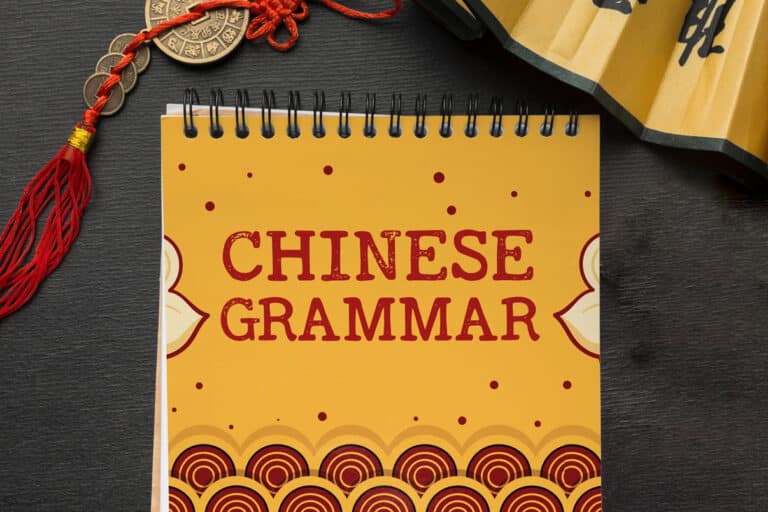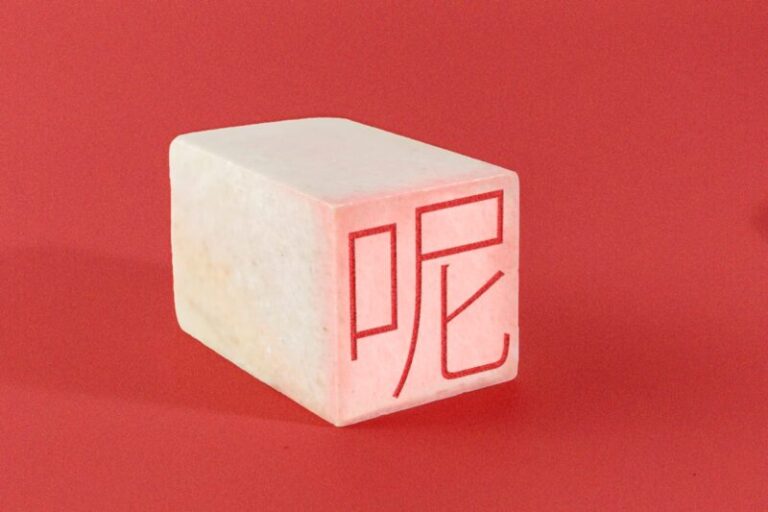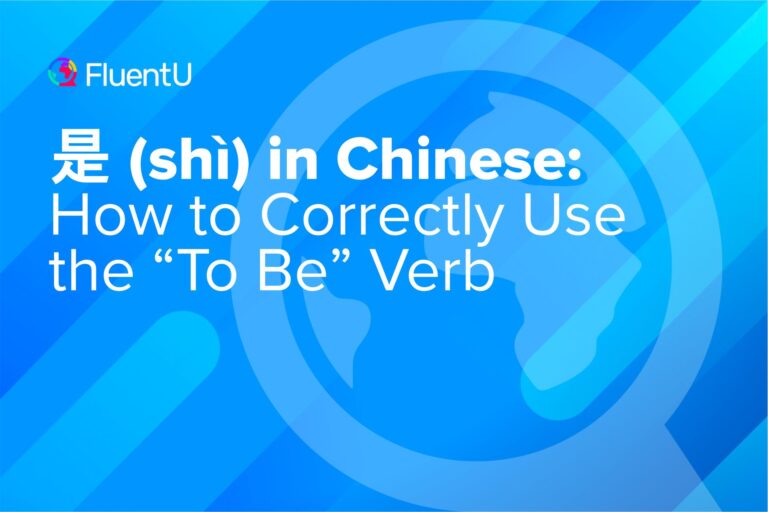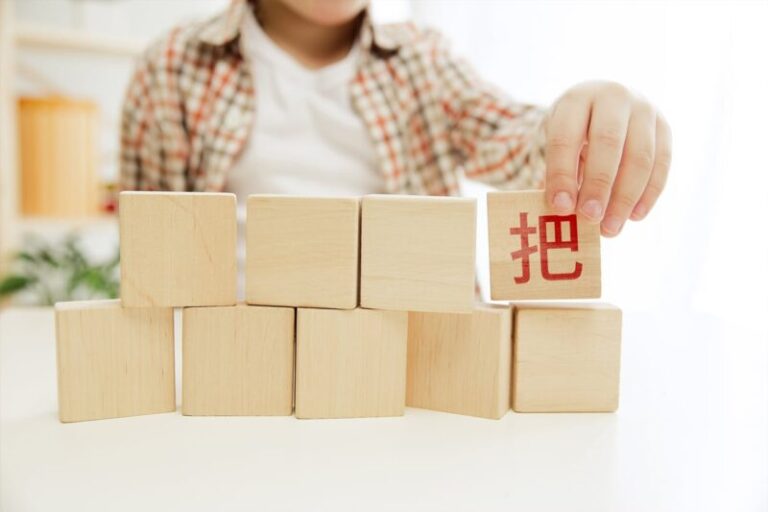
FluentU Language Learning
Spanish
English
French
Chinese
German
Japanese
Russian
Italian
Korean
Portuguese
English for Spanish Speakers
English for Japanese Speakers
English for Russian Speakers
English for Korean Speakers
English for Portuguese Speakers
English for Chinese Speakers
English for Italian Speakers
Educator
Spanish Educator
English Educator
French Educator
FluentU Company Updates
Reviews
Chinese Grammar
Chinese Language
Chinese Learning Tips
Chinese Resources
Chinese Vocabulary
FluentU
How to Learn Chinese
Reading and Writing Chinese
Speaking and Listening to Chinese
Chinese Grammar


The Chinese De: A Simple Guide on Using 的, 得 and 地
The Chinese de isn’t just some simple utterance, but rather, an important and nuanced element of Chinese grammar. 的 (de),…
Chinese Grammar: The Complete Guide to 15 Core Elements
Chinese grammar is logical, structural and simple. And to be completely honest, Chinese language structures make more sense to me…
The 6 Main Uses of the Chinese Ne (呢) Modal Particle
Particles don’t exist in English, but they’re quite important in the Chinese language—especially the modal particle, (ne). While this complex,…
The Ultimate Guide to 没有 (méi yǒu) in Chinese
Even if you’re new to Chinese, you’ll hear the word (méi yǒu) a lot. It literally means “to not have,”…
3 Easy Ways to Use Plurals in Chinese
You may have heard that in Chinese, nouns are the same in both their singular and plural forms. You can’t…
是 (shì) in Chinese: How to Correctly Use the “To Be” Verb
is used to say “to be” in Chinese, but it can cause some confusion as it is used very differently…
How to Use Ba in Chinese Correctly: All Usages + Practice Tips
Once you start pushing toward intermediate Chinese, you’ll discover that there’s more beyond Chinese SVO statements. The one construction you’ll…


